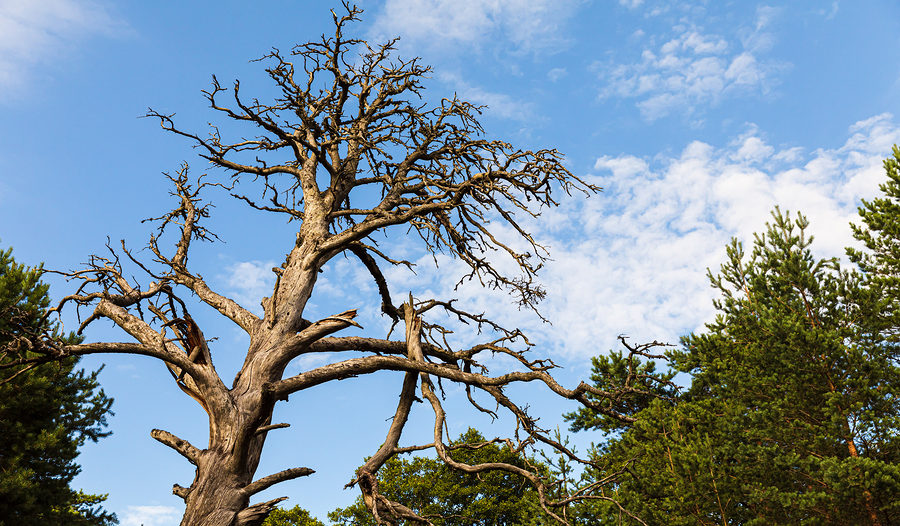There are thousands of trees found all over the world, and many of them retain homeopathic benefits for humans. Continents like Europe, India, and North America are abundant with prominent flora that has the herbal power to heal, treat, and cure numerous ailments. Their twigs, roots, and bark can be harvested in fall and winter for several medicinal purposes. Continue reading to learn about special trees that provide medicinal therapies for many different ailments and medical conditions.
Eucalyptus Tree
The Eucalyptus tree is a prominent species found in India and surrounding countries. It is a tall tree, capable of exceeding heights of 300 feet or more. Its leaves provide an oil that retains medicinal qualities used to purify blood and lower high blood sugar, as well as, treat other ailments like asthma, bronchitis, fungal infections, cardiac issues, and more.
Ash Tree
Both the leaves and the twig tips of ash trees can be brewed into a tea to relieve symptoms of rheumatism, as well as, jaundice and gout.
Alder Tree
The alder tree can be used as an astringent to wash and heal deep wounds and reduce bleeding. Its bark can be brewed into a tea to treat tonsillitis, fevers, and even hemorrhoids.
Apple Tree
Apples are a delicious and healthy fruit that we cook, bake, and consume in infinite ways. But there is more to apple trees than just food. The bark of an apple tree has been used to treat ailments like diarrhea and fevers. As for apples, stewing them can be used for laxative purposes, while baking them can soothe a sore throat. Drinking apple cider can clean the bowels and intestines of bacteria and other harmful microbes.
Birch Tree
Brewing the leaves of a birch tree into a tea and drinking it can relieve mouth sores, bladder and kidney infections, and even gout. A person can even bathe in the bark of a birch tree to relieve skin irritations like eczema, rashes, and psoriasis. The sap of a birch tree contains betulinic acid which can be used to fight cancer and tumors.
Elm Tree
Elm tree bark ointment and compresses have been used since earlier times to treat gunshot wounds, inflammation, and fevers. The bark of an elm tree brews a tea that is very high in calcium. When consumed, it can help expedite the healing of orthopedic injuries and strengthen weak bones. The tea can also soothe sore throats, relieve urinary and bowel discomfort, and impede diarrhea.
Upper Respiratory Infections
There are several tree species that retain medicinal benefits that treat upper respiratory issues, like the common cold, flu, sore throat, sore muscles, and more. For example, the bark of a maple tree can be brewed into a tea to treat certain symptoms of the common cold and bronchitis. Also, the elder tree bark tea can heal headaches, congestion, and fevers. The bark of cedar trees can be brewed into a tea for chest colds, flus, fevers, and rheumatism.




